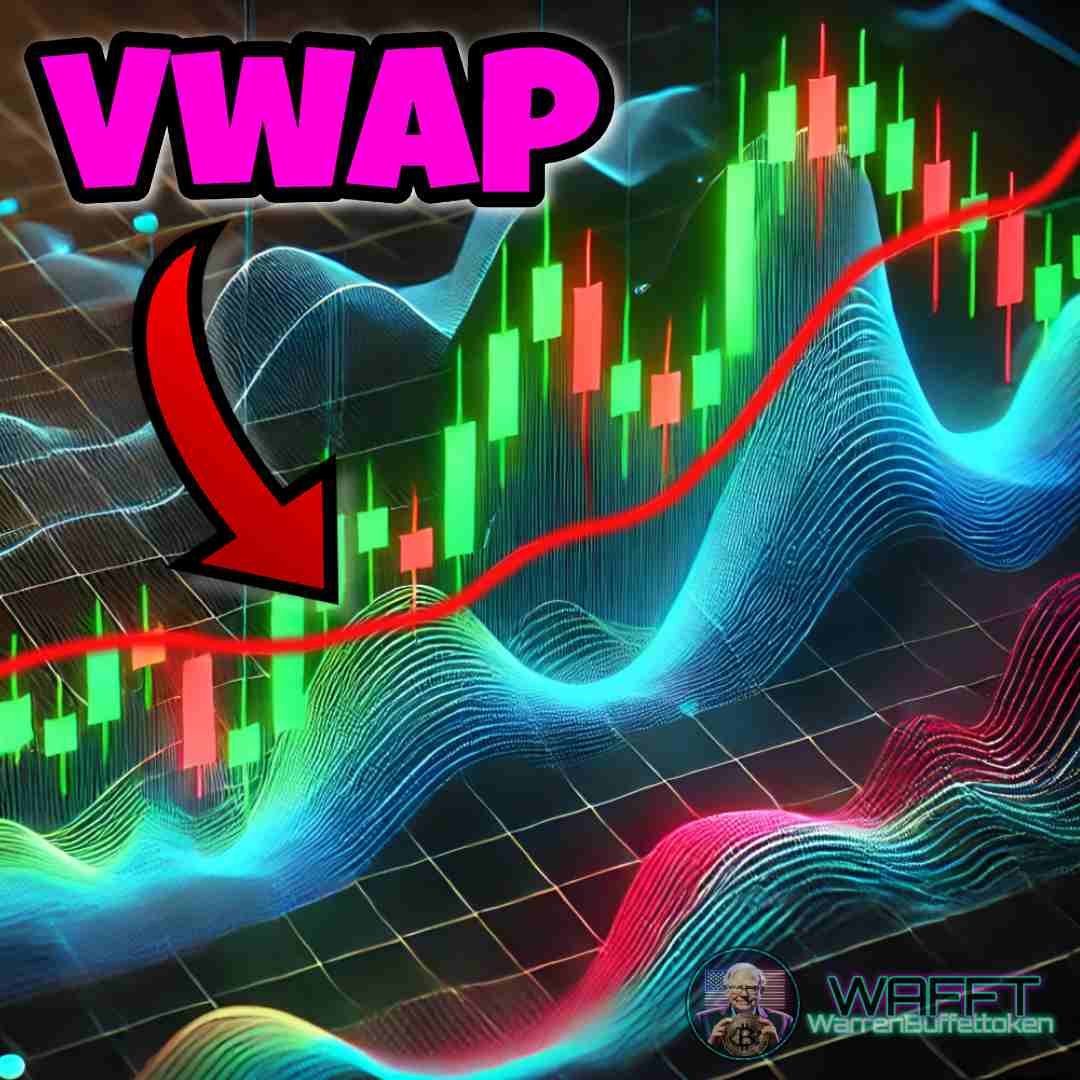Volume indicators📊
VWAP: The intraday trader’s compass🧭

The VWAP is like that cousin who isn’t 100% part of the family but always shows up at important gatherings. It doesn’t measure volume directly like other indicators but uses it as its main ingredient to calculate an average price with substance.
The result? A super useful tool that combines price and volume to help you identify key levels in the market. So yes, we can technically group it with volume indicators, though it has a personality of its own. 😎📊
Want to know what the famous VWAP is all about and why everyone is talking about it? 🤔 At WAFFTLab, we love breaking down these concepts so you can understand them like a pro. 🎓✨ Here’s what it is, how it works, and why—even though it’s not entirely a volume indicator—it absolutely deserves a place in this category.
Table of Contents
1. What Is volume?
2. What is Volume used for?
3. Different Types of Volume
4 Volume-Based Trading Strategies
5. How to Adjust Volume
6. Volume Summary
What is the VWAP?🎯
✅The VWAP (Volume Weighted Average Price) is essentially the average price of an asset over a period of time—but with a crucial twist: it’s volume–weighted. This means it doesn’t just take random prices and average them out; instead, it gives more weight to prices where higher trading volume occurs.
In other words, the VWAP isn’t just any ‘average price‘—it’s the price where the important action happens, where the big players in the market are moving their money. Think of it as the ‘fair price‘ of the day, the level that tells you where the real action is. 💰
And who are the biggest fans of this indicator? Intraday traders. 🎯 For them, VWAP is a key tool because it helps determine whether they are buying or selling at competitive prices relative to the market average. They also use it to identify potential support or resistance levels in their fast and strategic trades.

But it’s not just intraday traders who rely on it—fund managers and institutional traders also consider it a crucial benchmark to assess whether a trade is executed efficiently throughout the day. It’s like their compass in a market that never stops moving. 🧭
So, when you hear about VWAP, remember: it’s not just another number. It’s a tool that blends price and volume to give you a critical break-even point in the markets—perfect for those who seek precision and efficiency. 🚀
☄️the VWAP isn’t just any ‘average price‘—it’s the price where the important action happens
How Does VWAP Work?🔎

As you may already know, thanks to WAFFT☝️😁, the VWAP (Volume Weighted Average Price) is a key tool in financial markets. It works by combining price and volume to calculate an average value that reflects where money is actually flowing over a given period.
Let’s break it down so you can understand it 100%!
🧮 Step-by-Step: How VWAP Is Calculated
The VWAP calculation follows a simple yet powerful formula:

1️⃣Key Multiplication:
First, take each price at which a trade is executed and multiply it by the volume traded at that price. This ensures that prices with more activity (higher volume) carry more weight in the calculation.
2️⃣Cumulative Sum:
Next, add up all the results from the previous step. This “weighting” gives strength to the indicator.
3️⃣Magic Division:
Finally, divide the total sum by the total volume traded during the period. This gives you the volume–weighted average price, or VWAP.
Complicated? Don’t worry—charting magic does the heavy lifting. You just need to know what it means. 🪄✨
💯 Practical example of VWAP calculation
Imagine that a stock has the following prices and volumes traded over one hour:
Price 1: $100, Volume: 1,000
- Price 2: $105, Volume: 2,000
- Price 3: $110, Volume: 3,000
🔹To calculate the VWAP:
Multiply:
- $100 × 1,000 = $100,000
- $105 × 2,000 = $210,000
- $110 × 3,000 = $330,000
- $100 × 1,000 = $100,000
Add totals:
$100,000 + $210,000 + $330,000 = $640,000
- Divide by total volume:
- $640,000 ÷ 6,000 = $106.67
🔸The VWAP would be $106.67, which represents the volume–weighted average price for that period.
🧑🏫 What does the VWAP look like on a chart?
On charts, the VWAP appears as a solid line that moves with the price throughout the day. But it’s not just any line—it’s a reference point showing the weighted average price up to that moment.
If the price is above the VWAP, buyers are in control of the market.
- If the price is below the VWAP, sellers are dominating.
🔄 How is the VWAP updated?
The VWAP isn’t static; it updates in real time throughout the day as more transactions occur. This makes it a dynamic indicator, ideal for intraday trading. However, once the market closes, the final VWAP remains fixed as the weighted average for the entire day.
Conclusion🏁:
The VWAP acts as a compass for traders, helping them identify whether they are trading at advantageous prices compared to the market average. Whether for intraday traders seeking quick entries and exits, or for institutional investors assessing trade impact, the VWAP is a versatile and essential tool. 🌟
👉So, when you see that line on your charts, remember: it’s not just another average—it’s a reflection of the price where the money is really moving. 💰🚀
Types of VWAP (in this case, Variations)📚
VWAP itself doesn’t have “types” like other financial indicators that come with multiple variations. However, it can be adapted or calculated in different ways depending on the context or trading strategy. These adaptations make VWAP useful not only for intraday traders but also for swing trading strategies and more detailed analysis.
Below, I explain the most common variants or approaches related to VWAP:
The Volume Map
1. Total Volume
2. On-Balance Volume (OBV)
3. Relative Volume (RVOL)
4 Volume by Price (VBP)
5. Negative and Positive Volume
6. Tick Volume
1. VWAP Intraday📈: The Key Tool to Optimize your Daily Trading
Attention, trading rookies and future wolves of Wall Street! 🐺💼 Get ready to dive into the fascinating world of Intraday VWAP, the indicator that makes even numbers exciting. 😎📊 If you trade intraday, this indicator is your best friend. Specifically designed to reset at the start of each market session, the VWAP accumulates data from the first trade to the last tick of the day.
Let’s explore how it works, why it’s so popular, and how you can use it in your trading strategies.


